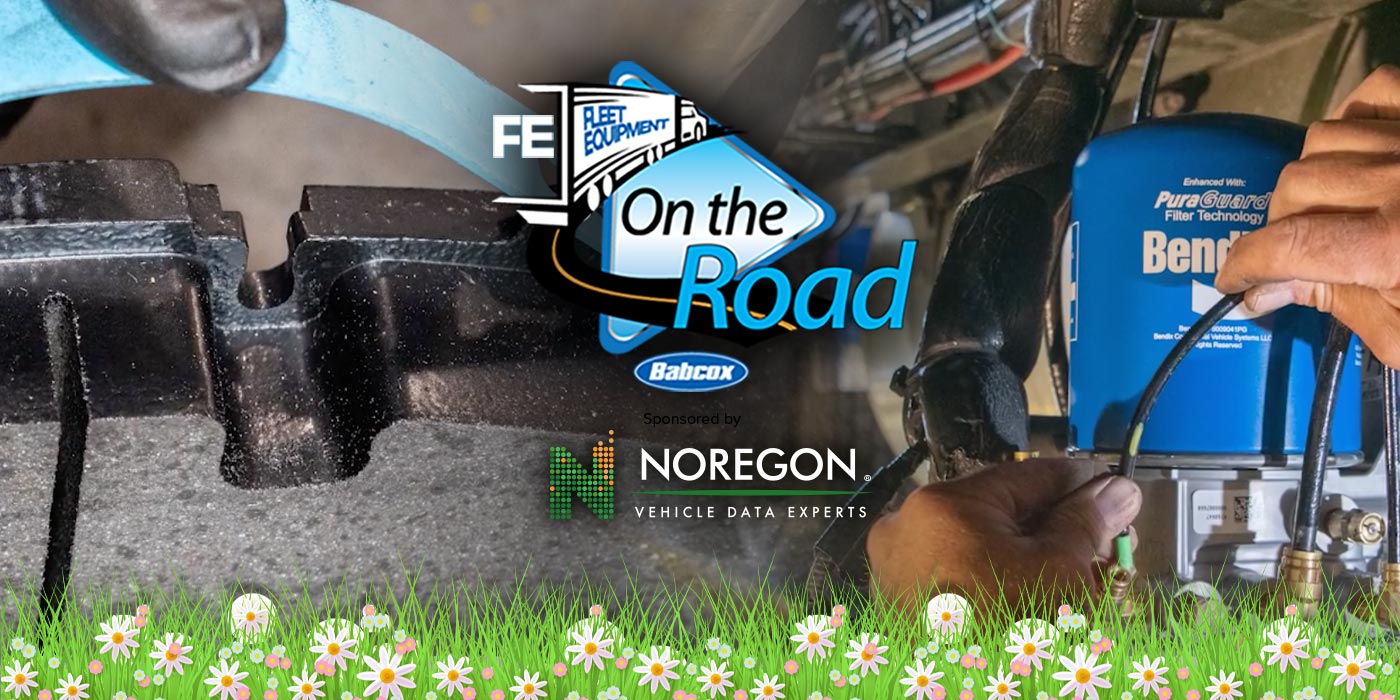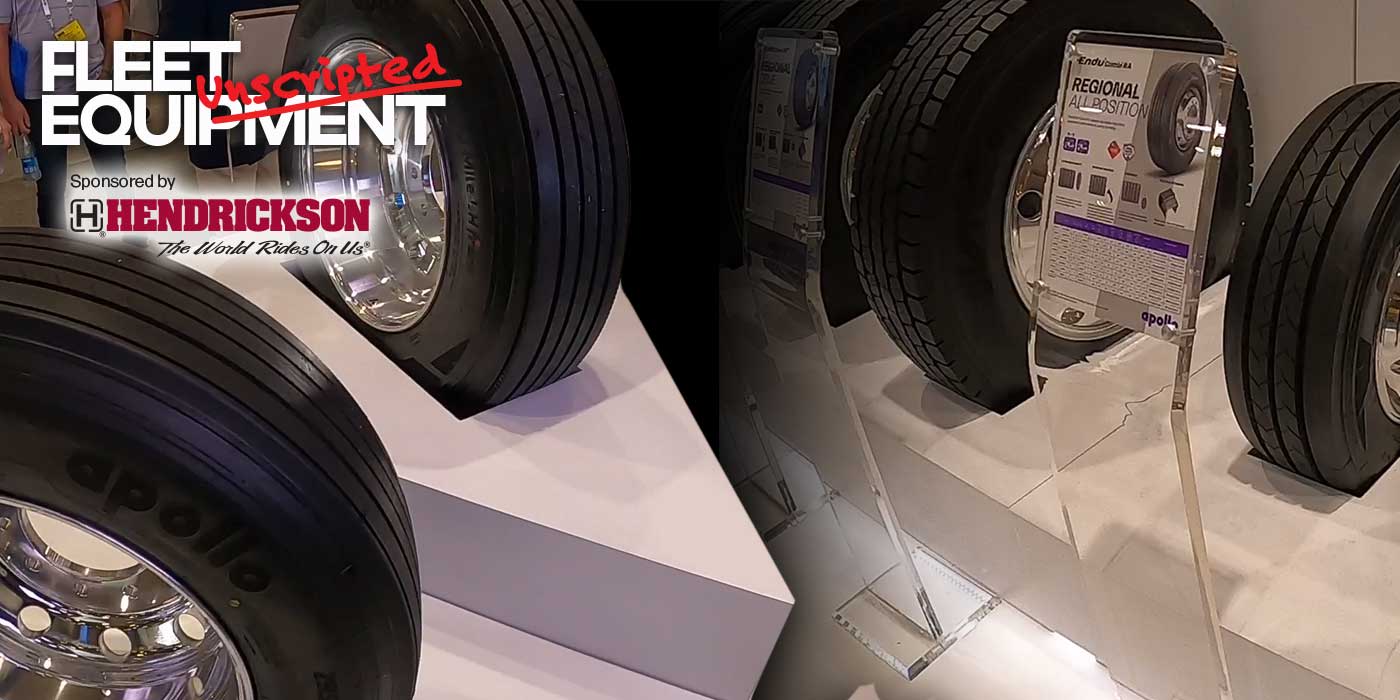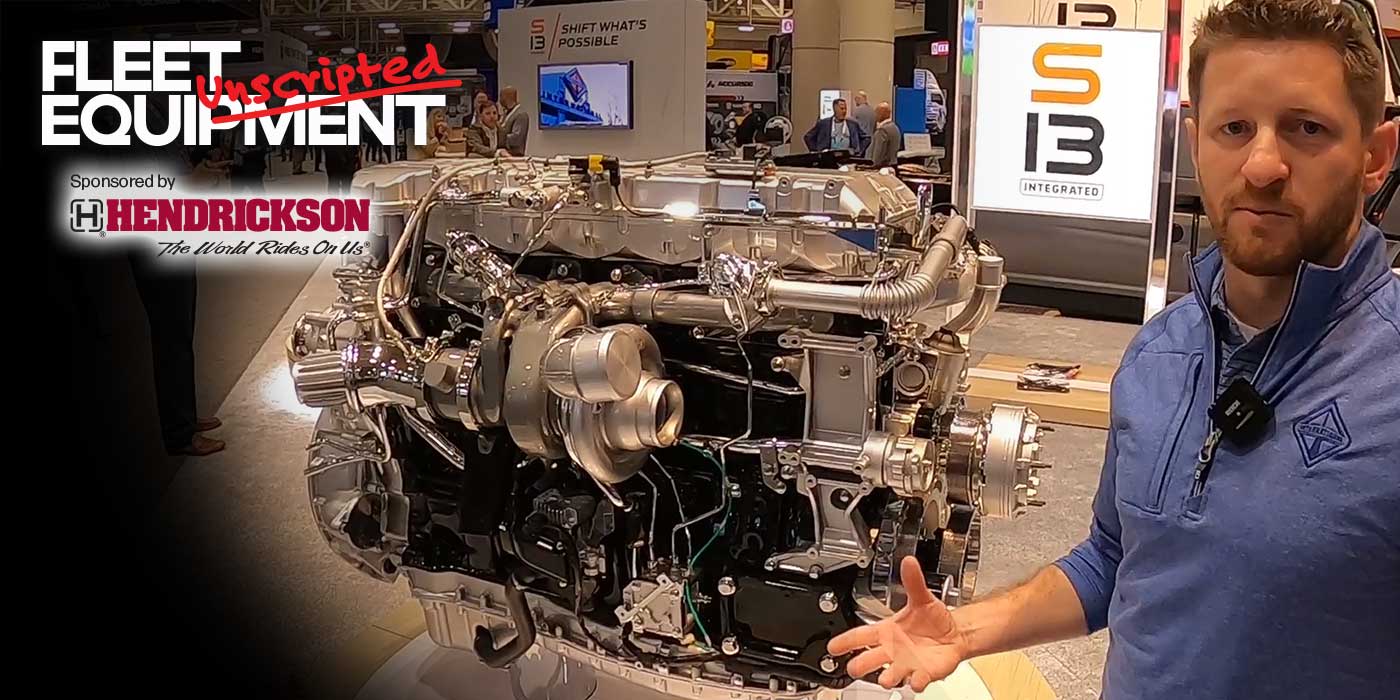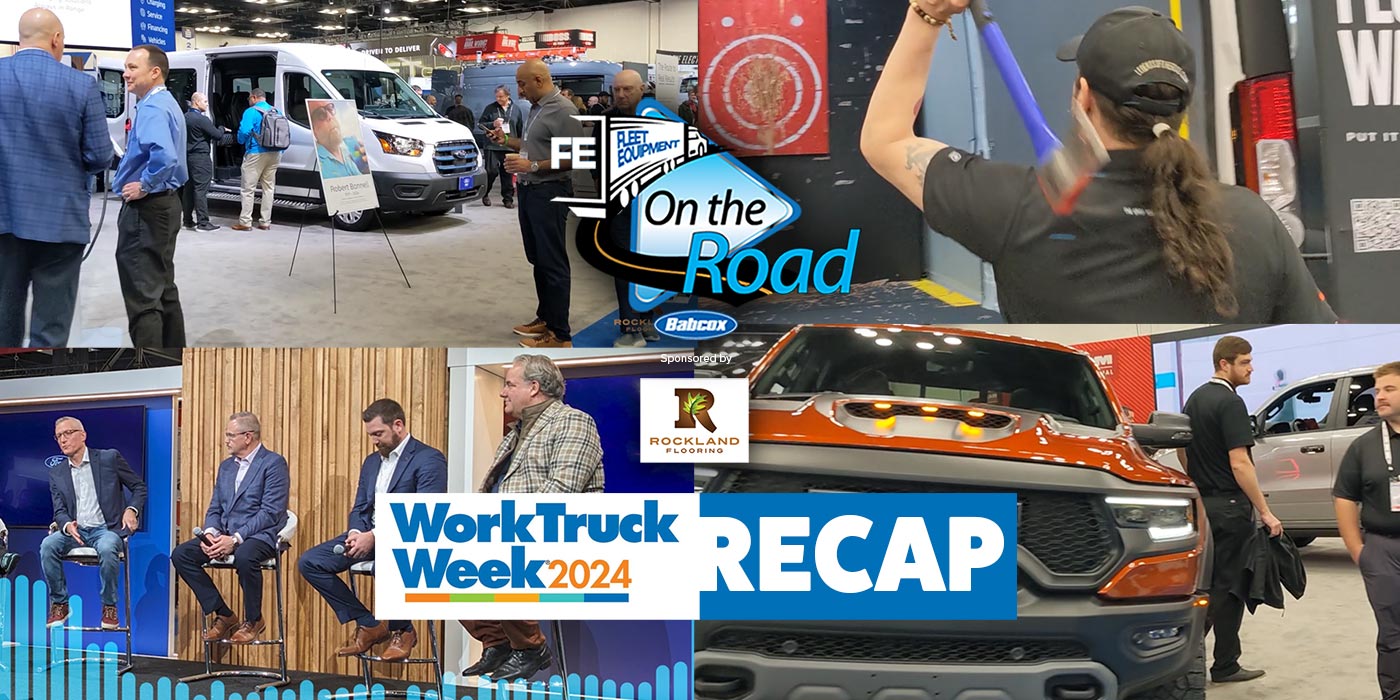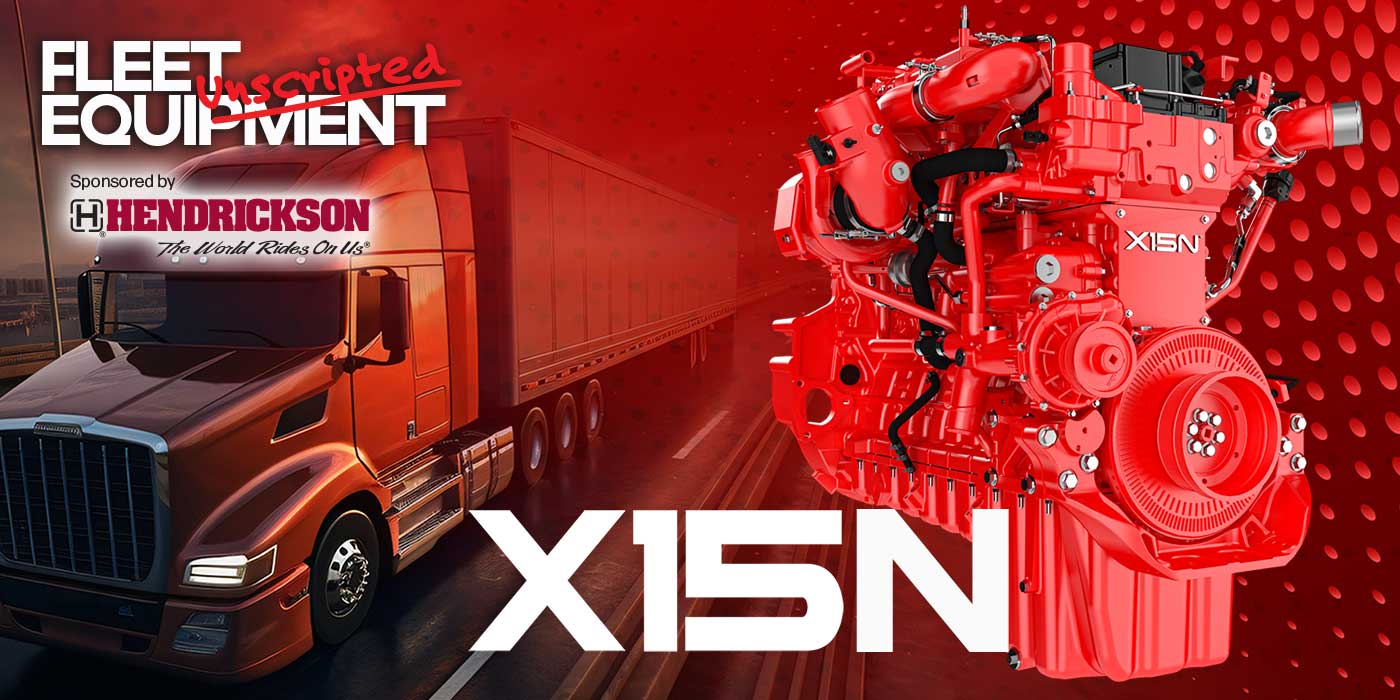Capturing the right data and using software that provides actionable insights is crucial for fleets to improve their shop operations. It can be hard though when there is so much data rolling in to consider. We have some tips to help you get started.
First up, identify Key Performance Indicators (KPIs): Fleets should identify the KPIs that matter most to their shop operations. In a broad sense, this could include metrics such as downtime, repair time, parts usage, and technician productivity. However, depending on application, there may be some other aspects to keep an eye on.
For example, tire pressure and tire wear is a key metric for any fleet to track. By closely monitoring these metrics, fleets can identify areas that need improvement and take steps to address them. Tread depth is another tire metric to monitor. As tires wear, they become less effective at gripping the road. A problem you won’t want to run into on a busy road. Wheel alignment and tire rotation can additionally be watched to ensure optimal handling and performance.
Regarding other components, API’s (Application Programming Interface) helps by pulling in important tire data into a dashboard of your choice. Bringing tire data together with, say, engine fault code data, can help you make more informed service decisions.
That can lend itself to up-and-coming predictive maintenance solutions that can help fleets anticipate maintenance needs before they become major issues. How can fleets ensure they’re capturing the right data and using the right software to stay on track? We’re going to turn it over to the experts at Noregon for that one.
Fleet Equipment’s Data Center is sponsored by Noregon. Subscribe to our newsletter to catch every episode as we’ll be diving into use cases, talking with the data pros and making data usage approachable.



